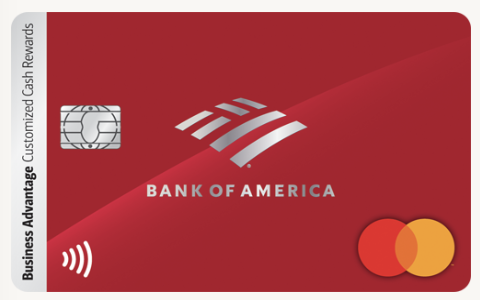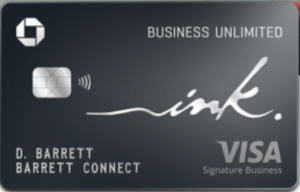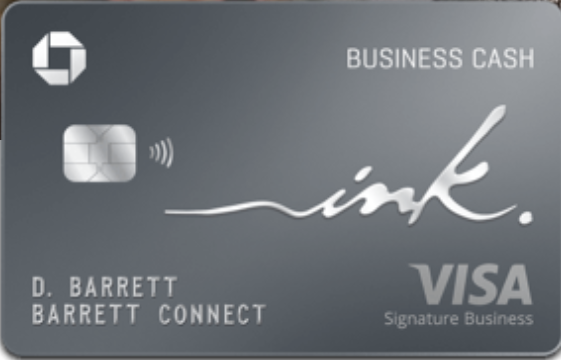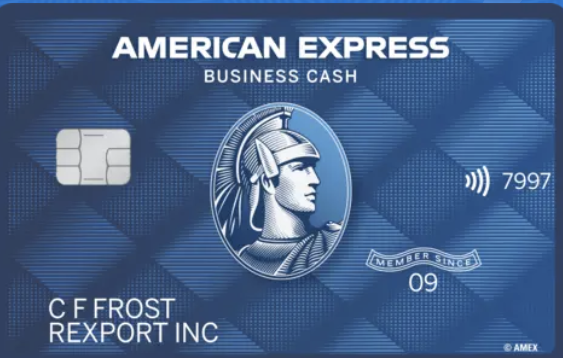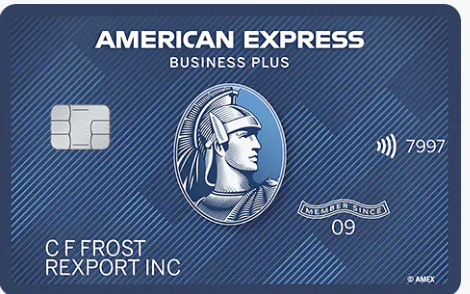Are you a small business owner that has been denied a business loan? Opening, managing, and running a new business can be quite pricey, especially if you are just beginning your business journey. Many start-up companies and small businesses apply for business loans to help them jumpstart their new business, however, only a fraction of applicants are approved. Business owners run into the issue of being unable to pay for the expenses of starting up their small businesses and the issue of loan applicant disapproval is only going to get worse. In fact, within the last several years business credit card approval rates have significantly declined. As inflation is increasing small business owners are struggling to cover their expenses. Continue to read this article if you are one among many business owners that are looking for resources after being declined a business loan. We will discuss the following business loan alternatives:
-
- Online lenders
- Business grants
- Raise equity
Online Lenders
What is an Online Lender?
Online lenders offer loans that aren’t typically associated with a traditional bank. They are an alternative to a traditional bank.
Typically, online vendors offer a variety of small business loans. Additionally, they are more flexible than bank lenders when it comes to requirements. Though online lenders are more flexible, normally the cost to borrow is higher
Due to inflation, it is likely that the Federal Reserve is increasing interest rates and will continue to do so. For this reason, banks are experiencing economic changes that drastically change the flow of money within their financial institutions, making it hard to be accepted for small business loans. This is where lenders come into play. They fill the space that financial institutions aren’t filling within the market, and offer revenue-based financing as well as business advisory services.
Online alternative lenders won’t feel the pressure that banks are experiencing during inflation and a market crash because they normally charge higher interest rates than traditional banks, that in turn, make up for money lost during that time of the market.
When looking for the best lender for you and your small business, it is important to do thorough research and consider the following:
-
- Types of loans available
- Funding speed
- Customer service
- Eligibility and requirements
- Interest rates
- Fees
You don’t want to take out a loan for your up-and-coming business just to be even more in debt. In the end, the loan should help you while your business gets on its feet. There are lenders that can help you based on your needs and can provide you with the funding within a few days of submitting your application. If you are a business that does not have time to wait, online lending might be best for you. Many businesses such as construction contractors, may need funds as soon as possible. This business loan alternative is the quickest way to receive the funds you need.
Business Grants
What is a Business Grant?
Business grants are money that is awarded to businesses that are in need. Loans are money borrowed, while grants are awarded and do not need to be paid off.
This option may be the best alternative to business loans. However, it may be difficult to be awarded a business grant. Business grants are awarded by federal, state, and local governments. Furthermore, many private corporations have business grants.
The best way to find a grant that you are eligible for is by doing your own research. Depending on your needs, experience, and type of business, eligibility requirements will differ. Grants such as Grants.gov has thousands of different grants for small businesses.
Additionally, there are local agencies and corporations that have programs made specifically for promoting companies, expansion, and job creation. To support these ideas, they offer free resources to small business owners. These local organizations often offer large business grants and some offer small loans at a low cost.
Though this would be the safest and best option when searching for business loan alternatives, it is very competitive and time-consuming. Applications are normally lengthy and oftentimes require an in-depth essay submission. Furthermore, there are hundreds, possibly even thousands of applicants that are applying for the same grant as you. Once your application is submitted it may take months to receive news on whether you were awarded the grant or not. So, if you are in a situation where you need funding as soon as possible, this may not be the best option for you. Alternatively, if you are able to wait, applying for a business grant does no harm. For example, if you own a small cleaning business, chances are you are quite busy and have the flexibility to wait for the results of your grant application submission.
Raise Equity
What is Equity Raising?
Equity raising is when a business raises capital to increase the funds they are receiving for business growth. This allows your business to increase the amount of money it is making by increasing prices.
This business loan alternative will only work if your small business already has a solid customer base, and you are sure you can continue to rely on these customers. For example, if you are a home-based nail artist, chances are you will continue to grow customers, and maintain a busy schedule. Businesses like such can expect customers to pay the difference because they are paying for the experience, creativity, and capability.
Similarly, small business owners can consider equity crowdfunding. This is when you raise your online capital, and investors give you capital in exchange for equity ownership. Essentially, it is selling shares of your business and company to investors. It is important to consider whether you would like others to be a part of your company and its growth and if you are willing to share your company.
This business loan alternative is not easy or quick. To begin, business owners need to make sure they meet the guidelines rules, and regulations. Additionally, you would need to run fundraisers and campaigns which is time-consuming, stressful, and tedious. However, it may be worth it because of the potential money you can make. This business loan alternative is best for those who have a lot of time to spare prior to receiving the funds, are willing to share their company, and put in the efforts and time for fundraisers and campaigns.
Overview
Hopefully, you have found clarity on which business loan alternative would be best for you and the needs of your company. It is not easy running a small business in the times that we are currently in. Ensure you are thoroughly researching the method that you choose prior to moving forward. Below is a brief reminder of what we have discussed for business loan alternatives:
Online lender:
- A loan from a non-traditional financial institution
- Typically costs more in the long run
- Easier application process
- More likely to be approved
- Funds are often available within days
Business grants:
-
- Money awarded to a business in need
- Do not have to pay any money back
- Very competitive
- It May take months-years before receiving funds if chosen
Equity raising:
-
- Raising the price of your services, goods, or products
- A slow progression to money increase
- Only works if you have a steady, consistent customer base
- Can consider shareholders




